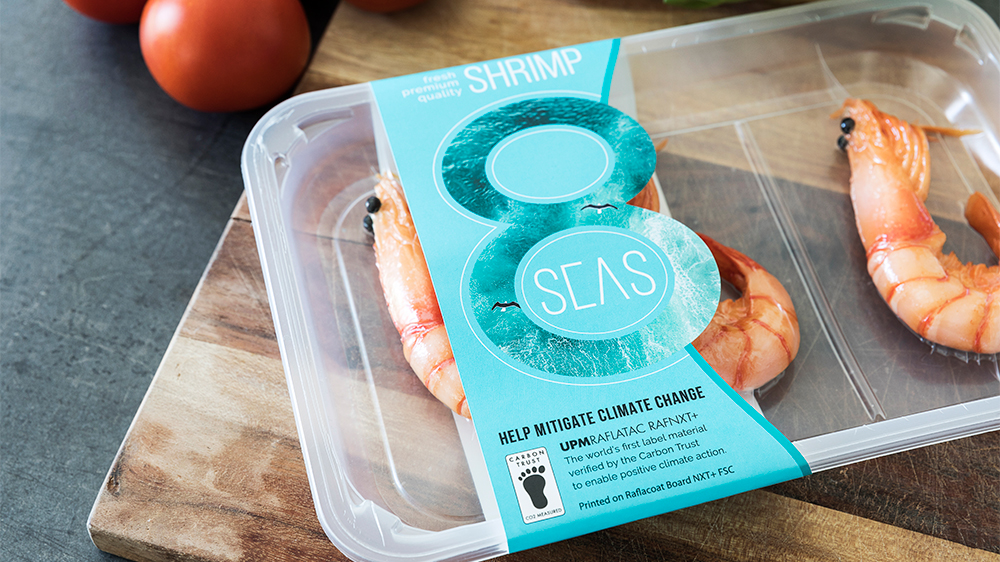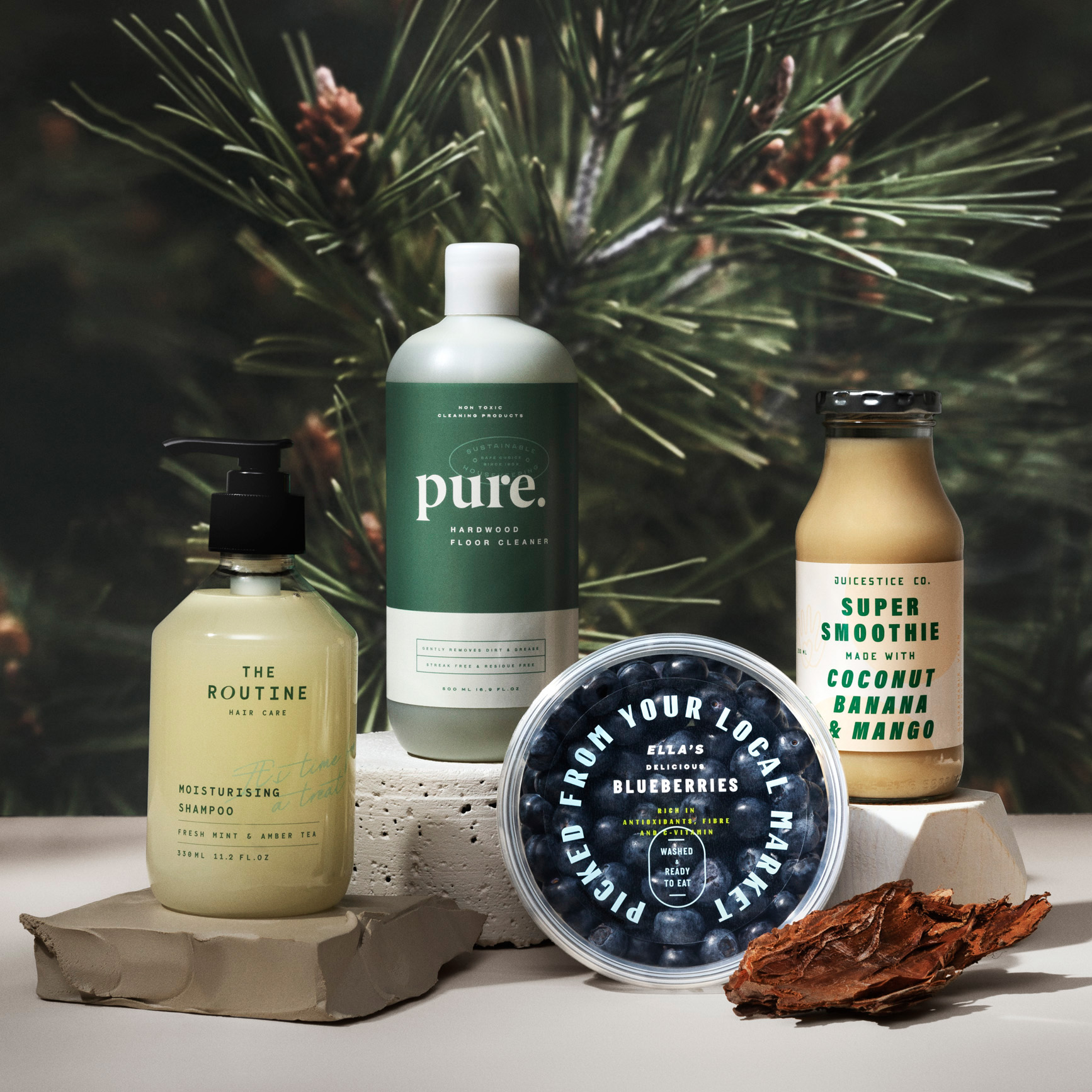Even if the main food packaging material is recyclable, the label choice can have a big impact on the overall recyclability. Using the wrong type of label can result in lower quality of recyclate and downcycling of valuable raw materials. With four out of five consumers saying that they consider the sustainability of packaging in their purchasing decisions[i] and 74% willing to pay more for it[ii], the need for more sustainable label options for food packaging has never been more environmentally, or financially, important.

One size does not fit all when it comes to the type of label and adhesive solutions used in food packaging. For example, for food contact packaging, the Framework Regulation EC 1935/2004 states that it is the manufacturer of the final packaging who has the ultimate responsibility for safety. They must ensure that the labelling and adhesive does not transfer to foodstuffs in quantities that could endanger health, change the food’s composition, or how it looks, tastes or smells. This can add layers of complexity to choosing the right label and adhesion method to suit the core packaging materials used.
Delivering labelling solutions that are both food-safe and more sustainable is an ongoing journey of product development. However, creating solutions that meet the stringent food safety regulations, while also lowering environmental impact, are of paramount importance. By opting for innovative label materials that move away from fossil-based materials to verified sustainable and renewable ones, or solutions supporting circular economy and reducing the pressure on using virgin feedstocks, brands can meet food safety requirements, while also supporting their environmental targets, helping to combat climate change, and enhancing circular economy.
Examples of these solutions include our Ocean Action label, the world’s first certified label material made from chemically recycled ocean bound plastic through a mass balance approach, as well as RAFNXT+ label line, our externally verified lower carbon alternative to traditional self-adhesive labelling materials and our Forest Film™, a 100% wood-based film label material made from residue of the pulping process, from sustainably managed forests.

Food packages need label solutions that both enhance and increase overall sustainability and circularity. Whether brands are looking for renewable label materials, wash-off solutions or resource-optimised labels, there are options available today that will help us ensure a better tomorrow.
Read more about our food packaging label materials from our Food label material selection guide.
[i] Sustainability in packaging: Inside the minds of global consumers, McKinsey 2020 Study
[ii] 5 Trivium Packaging. Boston Consulting Group. 2020 Global Buying Green Report. Momentum builds for sustainable packaging. https://triviumpackaging.com/sustainability/2020BuyingGreenReport.pdf